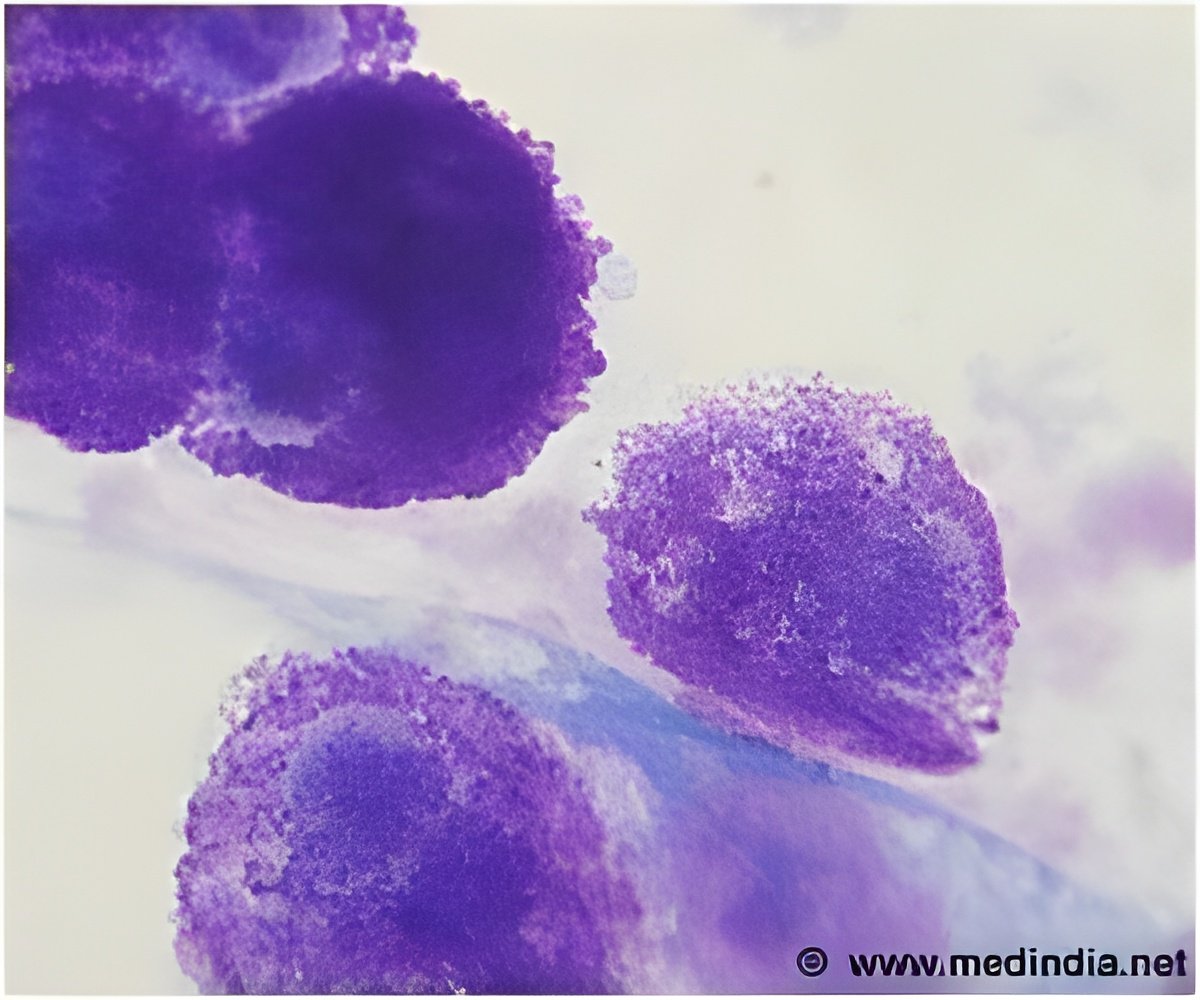
Tumour suppressors exist in cells to prevent abnormal cell division in our bodies. The loss of a tumour suppressor called Merlin leads to tumours in many cell types within our nervous systems. There are two copies of a tumour suppressor, one on each chromosome that we inherit from our parents. The loss of Merlin can be caused by random loss of both copies in a single cell, causing sporadic tumours, or by inheriting one abnormal copy and losing the second copy throughout our lifetime as is seen in the inherited condition of neurofibromatosis type 2 (NF2).
With either sporadic loss or inherited NF2, these tumours lacking the Merlin protein develop in the Schwann cells that form the sheaths that surround and electrically insulate neurons. These tumours are called schwannomas, but tumours can also arise in the cells that form the membrane around the brain and spinal cord, and the cells that line the ventricles of the brain.
Although the schwannomas are slow-growing and benign, they are frequent and come in numbers. The sheer number of tumours caused by this gene defect can overwhelm a patient, often leading to hearing loss, disability and eventually death. Patients can suffer from 20 to 30 tumours at any one time, and the condition typically manifests in the teenage years and through into adulthood.
No effective therapy for these tumours exists, other than repeated invasive surgery or radiotherapy aiming at a single tumour at a time and which is unlikely to eradicate the full extent of the tumours.
The Brain study investigated how loss of a protein called Sox10 functions in causing these tumours. Sox10 is known to play a major role in the development of Schwann cells, but this is the first time it has been shown to be involved in the growth of schwannoma tumour cells. By understanding the mechanism, the research team has opened the way for new therapies to be developed that will provide a viable to alternative to surgery or radiotherapy.
Advertisement
He said: "We have for the first time shown that human schwannoma cells have reduced expression of Sox10 protein and messenger RNA. By identifying this correlation and gaining an understanding of the mechanism of this process, we hope that drug-based therapies may in time be created and introduced that will reduce or negate the need for multiple surgery or radiotherapy."
Advertisement
Source-Eurekalert









